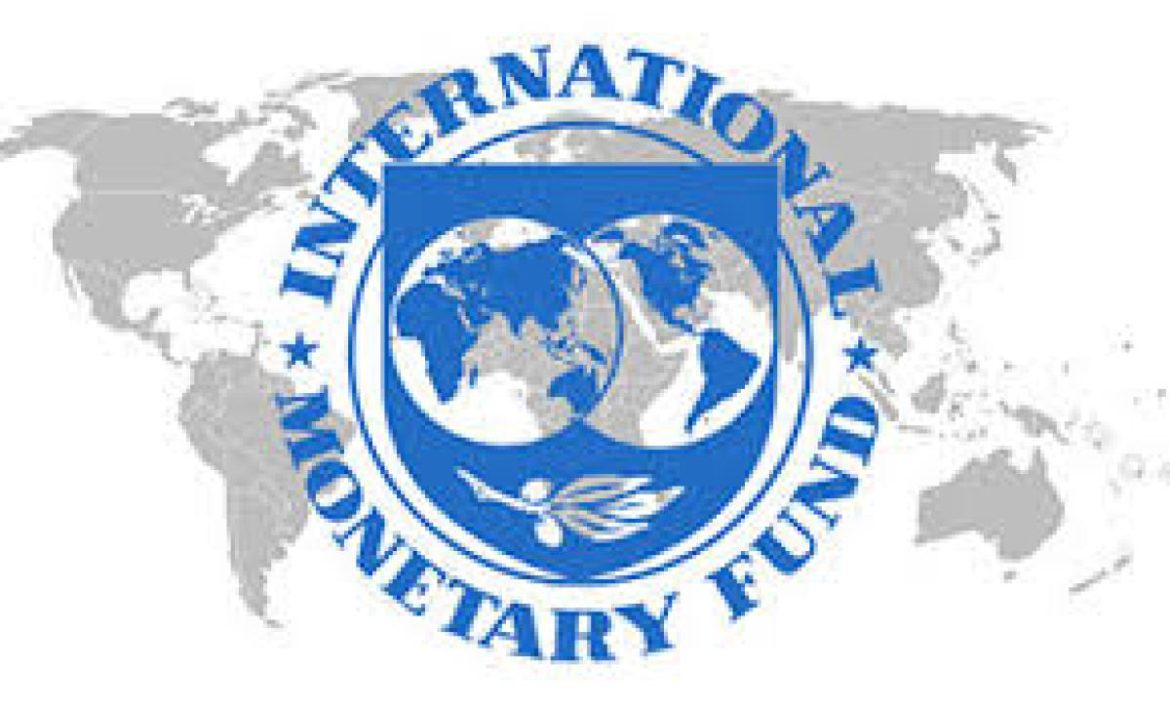By Muhammad Amaan
The International Monetary Fund (IMF) said global growth is projected to remain unchanged at 3.2 per cent in 2024 and 3.3 per cent in 2025.
This is according to the IMF’s latest World Economic Outlook (WEO) Update Report for July 2024: “The Global Economy in a Sticky Spot” released on Tuesday.
The report said though the projection was in line with the April 2024 WEO, there had been notable developments beneath the surface since the April WEO.
It said among advanced economies, growth was expected to converge over the coming quarters, like in the United States, projected growth was revised downward to 2.6 per cent in 2024.
“This is 0.1 percentage point lower than what was projected in April, reflecting the slower-than-expected start to the year.
“Growth is expected to slow to 1.9 per cent in 2025 as the labour market cools and consumption moderates, with fiscal policy starting to tighten gradually.”
The report said in the Euro area, a modest pickup of 0.9 per cent was expected for 2024, after a nearly flat performance in 2023.
“This is driven by stronger momentum in services and higher-than-expected net exports in the first half of the year.
It said in emerging markets and developing economies, the forecast for growth was revised upward; the projected increase was powered by stronger activity in Asia, particularly China and India.
“For China, the growth forecast is revised upward to five per cent in 2024, primarily on account of a rebound in private consumption and strong exports in the first quarter.
“The forecast for growth in India has also been revised upward, to 7.0 per cent, this year.”
For Latin America and the Caribbean, the report showed that growth had been revised downward for 2024 in Brazil, reflecting the near-term impact of flooding, and in Mexico, due to moderation in demand.
“However, growth has been revised upwards in 2025 for Brazil to reflect reconstruction following the floods and supportive structural factors, for example, acceleration in hydrocarbon production.”
It said for the Middle East and Central Asia, oil production and regional conflicts continued to weigh on prospects.
It showed the growth forecast for 2024 in Saudi Arabia had been revised downward by 0.9 percentage points; the adjustment reflects mainly the extension of oil production cuts.
The report said for Sub-Saharan Africa, the forecast for growth was revised downward.
“This is mainly as a result of a 0.2 percentage point downward revision to the growth outlook in Nigeria amid weaker than expected activity in the first quarter of 2023.”
It said global inflation would continue to decline, but it was expected to remain higher in emerging markets and developing economies and to drop more slowly than in advanced economies.
“However, partly thanks to falling energy prices, inflation is already close to pre-pandemic levels for the median emerging market and developing economy.”
The report said overall, risks to the outlook remained balanced, as in the April 2024 WEO, but some near-term risks had gained prominence.
“These include upside risks to inflation that stem from a lack of progress on services disinflation and price pressures emanating from renewed trade or geopolitical tensions.
“The escalation of trade tensions could further raise near-term risks to inflation by increasing the cost of imported goods along the supply chain.”
It said as output gaps started to close and inflation receded, policymakers faced two tasks.
“These tasks are persevering with restoring price stability and addressing the legacies of recent crises, including replenishing lost buffers and durably uplifting growth.
“In the near term, this will require careful calibration and sequencing of the policy mix.”




